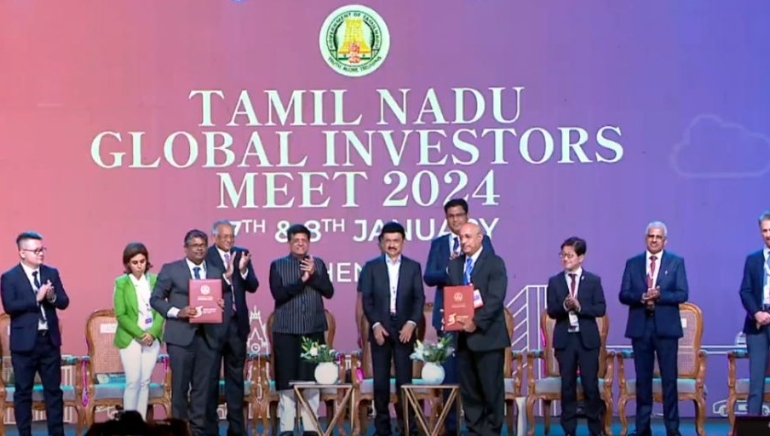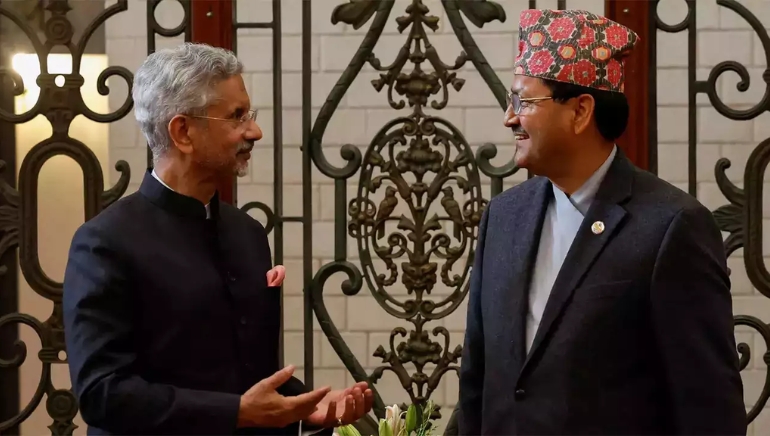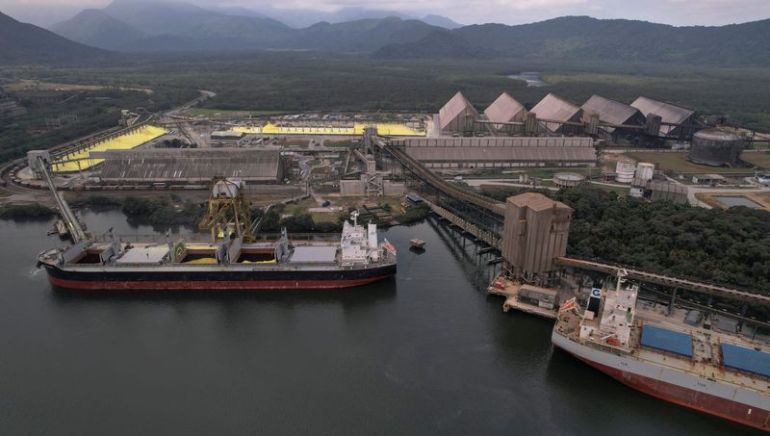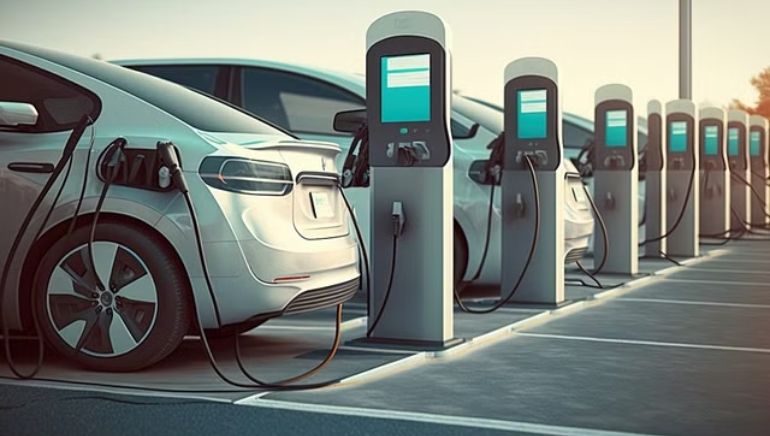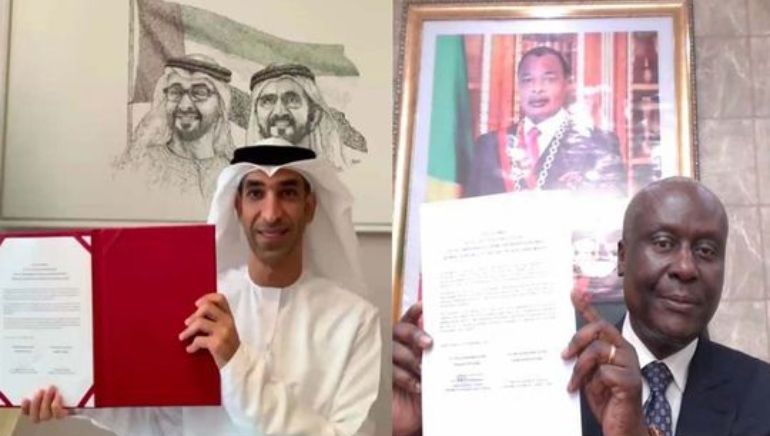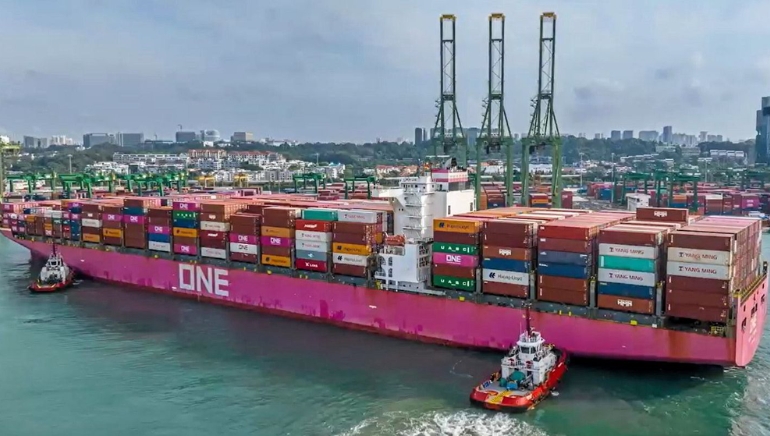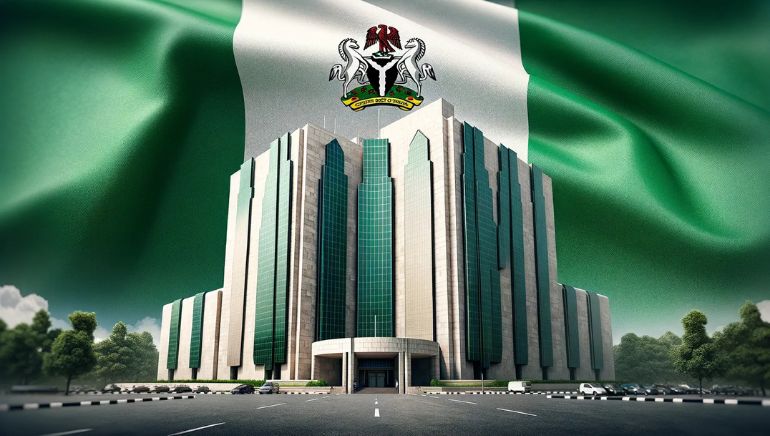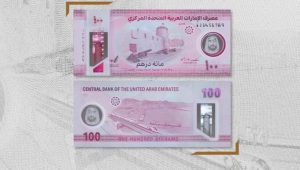In a major boost to Tamil Nadu’s industrial landscape, Tata Electronics has announced a staggering investment of Rs. 12,082 crore in the state. The move, part of the company’s strategic expansion plan, is expected to create an impressive 40,500 employment opportunities, contributing significantly to the region’s economic growth.
The investment, spanning across various sectors, underscores Tata Electronics’ commitment to leveraging Tamil Nadu’s business-friendly environment. The company aims to establish state-of-the-art manufacturing facilities and research and development centers, positioning itself as a key player in the state’s burgeoning electronics industry.
Tata Electronics, a subsidiary of the renowned Tata Group, specializes in the production of electronic components and devices. The investment will focus on areas such as semiconductor manufacturing, electronic vehicle components, and advanced electronics systems. This move aligns with the global trend towards technological advancements and sustainable solutions, with Tata Electronics poised to play a pivotal role in driving innovation in the region.
The project is expected to have a cascading effect on the local economy, creating a robust ecosystem of suppliers, service providers, and skilled workforce. The employment opportunities span across various skill levels, ranging from manufacturing and assembly roles to high-tech research and development positions, providing a diverse array of jobs for the local populace.
The announcement has garnered positive responses from both government officials and industry experts, who view this investment as a testament to Tamil Nadu’s attractiveness for businesses. The state government has welcomed the move, emphasizing its commitment to facilitating a conducive business environment and ensuring the success of such transformative projects.
As Tata Electronics embarks on this ambitious venture, eyes are on the long-term impact it will have on the state’s economic development, technological capabilities, and job creation. This strategic investment positions Tamil Nadu as a key hub for electronics manufacturing and innovation, further solidifying India’s position in the global technology landscape.





